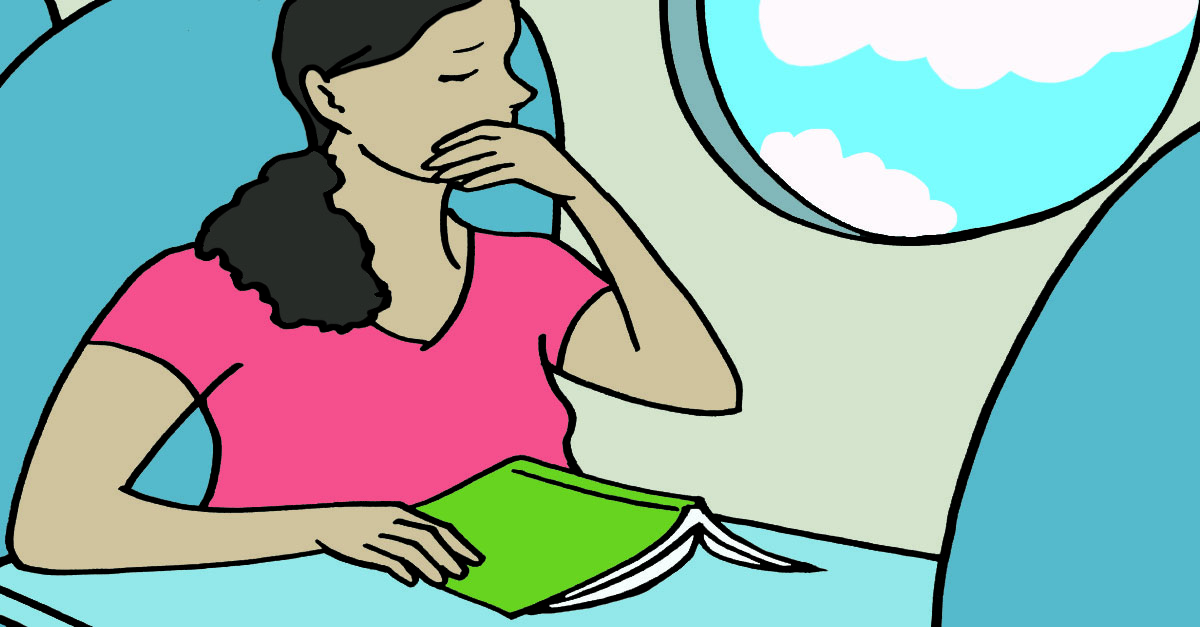
You’re finally taking that long-awaited road trip with your friends, and you can’t wait to spend time enjoying the views, catching up on some reading, and bonding over stories of your childhood. It’s all going to be so much fun!
There's just one little thing you didn’t take into account…
Not even an hour into the trip, you start to feel nauseous, dizzy, sweaty, and just generally awful — it has to be motion sickness. How are you going to survive — much less enjoy — the next 10 hours on the road feeling like this?
Motion sickness can make you feel so helpless, since you are usually trapped in a moving vehicle, but there are ways to deal with the symptoms and make it to your destination comfortably.
In this article, we will explain what motion sickness is and why you feel it, and we give you some genius tips on how to deal with it.
What Is Motion Sickness?
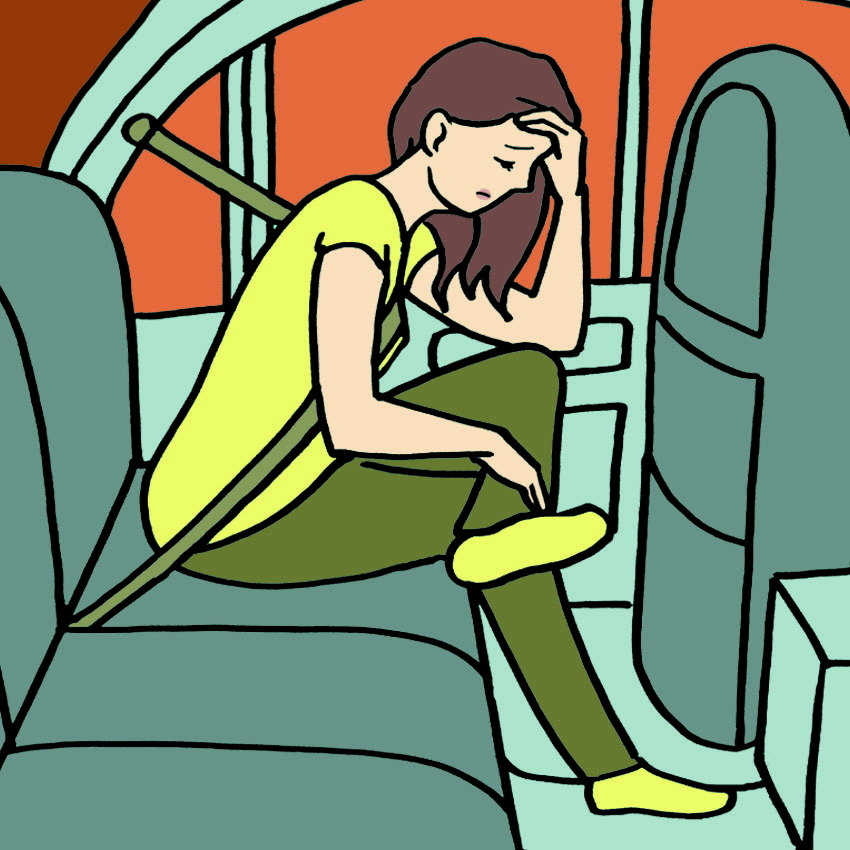
Motion sickness — often called airsickness, carsickness, or seasickness — causes queasiness, dizziness, nausea, and vomiting.
According to MedlinePlus, it's a common problem for people of all ages, but children, pregnant women, and people who are taking certain medications are especially susceptible.
"Your brain senses movement by getting signals from your inner ears, eyes, muscles, and joints. When it gets signals that do not match, you can get motion sickness," says MedlinePlus.
If you are on a boat, for example, your eyes might be telling you that are sitting still, but your inner ears feel that you are moving up and down. This confuses the signals that are being sent to your brain, causing motion sickness.
What Are the Symptoms of Motion Sickness?
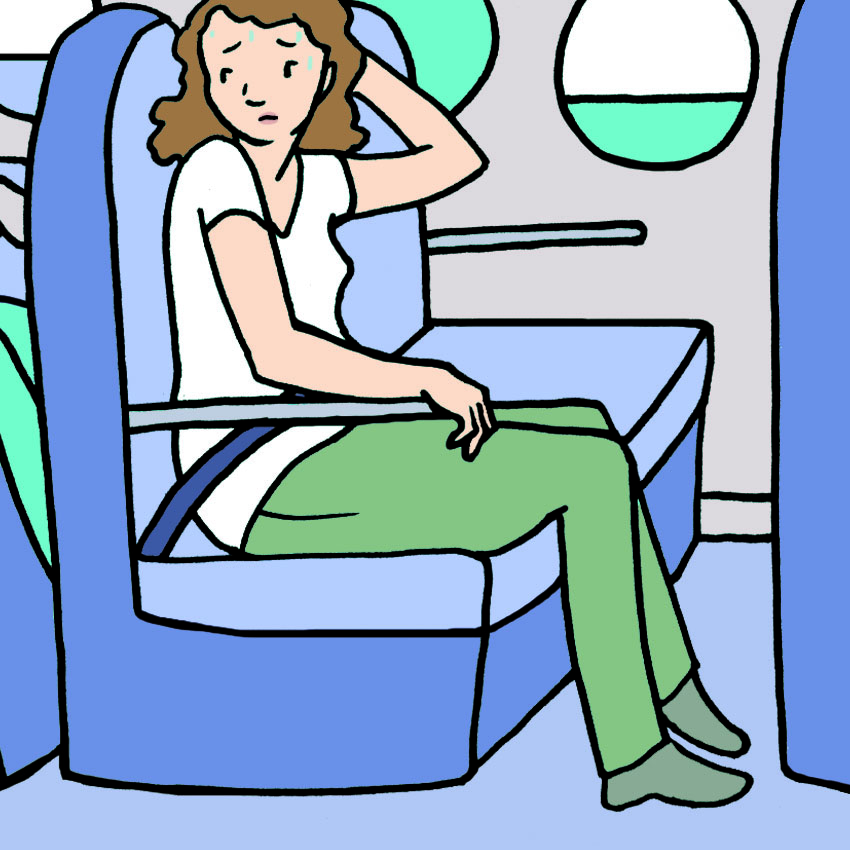
The Centers for Disease Control and Prevention lists the most common symptoms of motion sickness:
- Nausea
- Vomiting/retching
- Sweating
- Cold sweats
- Excessive salivation
- Apathy
- Hyperventilation
- Increased sensitivity to odors
- Loss of appetite
- Headache
- Drowsiness
- Feverishness
- General discomfort
How to Deal With Motion Sickness Tip 1: Look at the Horizon and Open the Window
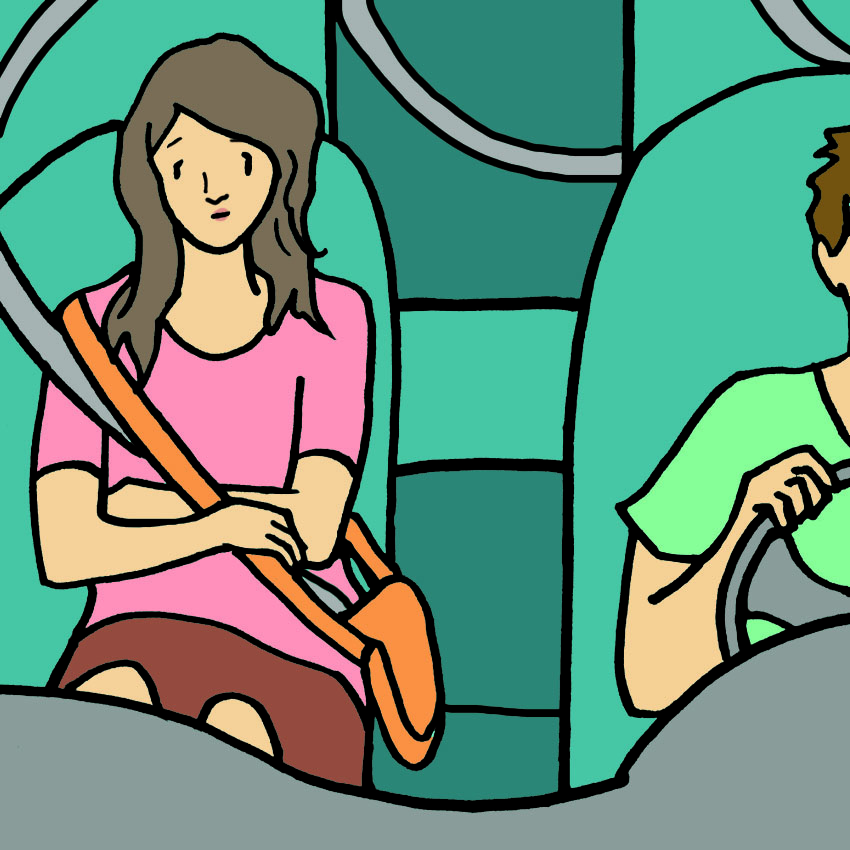
If you are in a car and looking at the floor or at signs whizzing by, your brain is likely getting mixed signals. American Family Physician suggests that you look at a fixed point on the horizon to quell your symptoms. Your brain will be able to detect the things moving around the car without you having to readjust your eyes constantly. Your focus will stay in one position, alleviating stomach discomfort and stress, while also being aware of what is going on around you.
Opening the window allows you to get some fresh air, which can help regulate your body temperature and relieve you from the stuffiness of the car.
Tip 2: Sit in the Front or by a Window
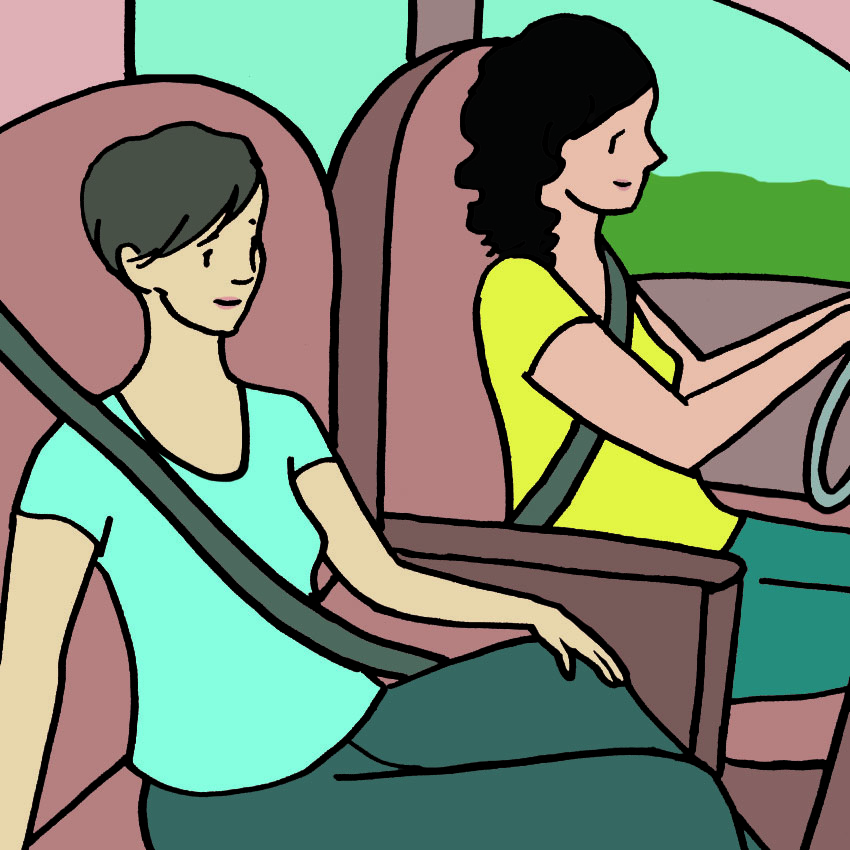
Sitting in the front seat of a car (or near the front of a boat) will ensure you have an unobstructed view of the horizon and of the things moving around you. When you are in the back seat of a car or in the aisle seat of a plane, it is easier for your brain to get confused.
Even better, if you are in a car and willing to drive, go ahead and take the wheel. This keeps you in control, and it will be almost impossible for you to feel motion sickness. BabyCenter also suggests that children be placed in the middle seat in the back if they are feeling carsick to give them the most unobstructed front view possible.
Tip 3: Avoid Looking at Your Phone, Reading, and Watching Movies
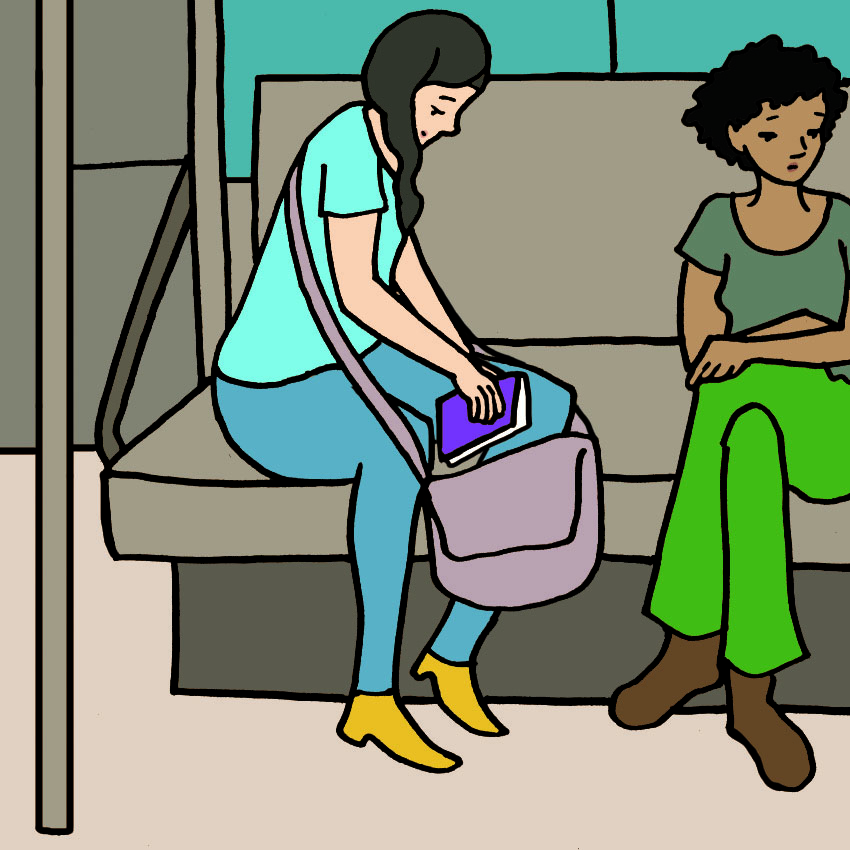
If you're spending lots of time in a car, on a train, or on a plane, it might seem like the perfect time to catch up on your reading and TV shows. According to Prevention, looking down is probably the worst thing to do if you are prone to motion sickness. Your eyes will feel like you are in your living room, but your inner ears and joints will tell you that you are zooming down a highway, experiencing turbulence in the air, or rolling with the waves. Confusion, and thus motion sickness, will ensue.
Tip 4: Eat a Light Meal

Eating a big meal before getting into a vehicle for a long ride is a bad idea. So is going on an empty stomach. The stomach fluids used for digestion can make you feel ill, and eating too much, or not enough, can cause your stomach to be more susceptible to nausea than usual.
Try eating a light meal about 45 minutes before traveling for best results. The Icahn School of Medicine at Mount Sinai also recommends staying away from spicy, greasy, and fatty meals. And don't forget to stay hydrated!
Tip 5: Avoid Alcohol

It might seem like a great idea to grab a drink at the airport bar before getting on your flight, but it can be detrimental if you experience motion sickness. Everyday Health strongly advises against any stimuli that can trigger nausea if you're prone to motion sickness. Not only can alcohol make you nauseous, it can also dehydrate you, which can definitely exacerbate motion sickness symptoms.
Tip 6: Match the Body to the Eyes
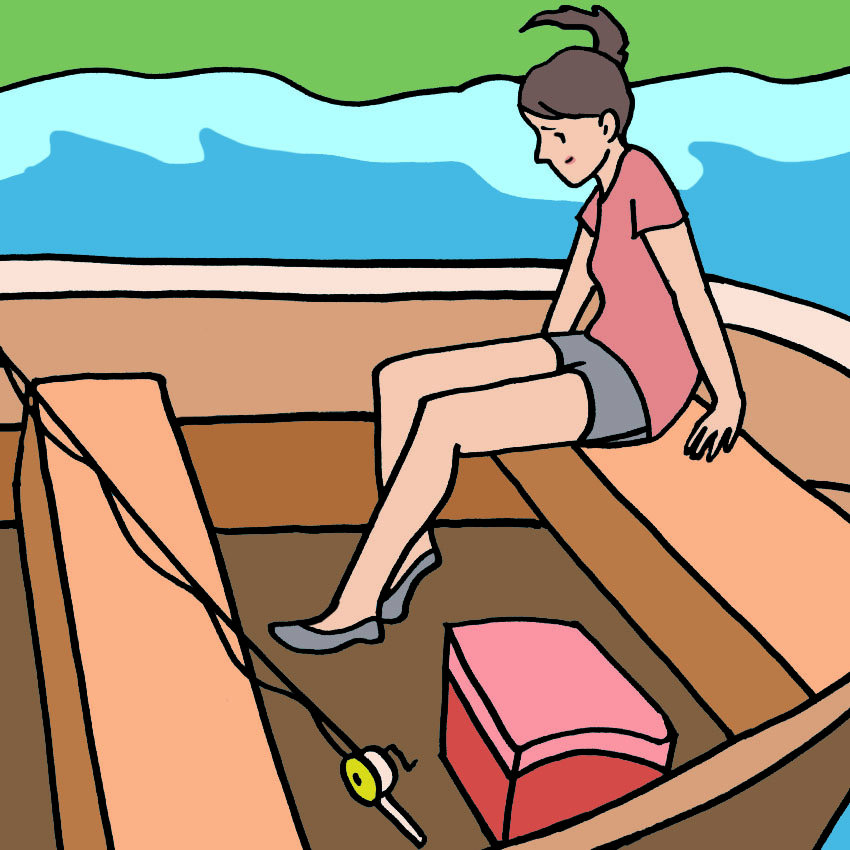
MedicaLook echoes sentiments that motion sickness is caused by an imbalance in your sensory equilibrium. If you're experiencing motion sickness, make sure not to look down or face the back of the vehicle, because this creates confusion for your eyes and ears. Standing or sitting up straight with an unobstructed view helps to ensure that your sensory signals won't get confused.
How Long Does Motion Sickness Last?
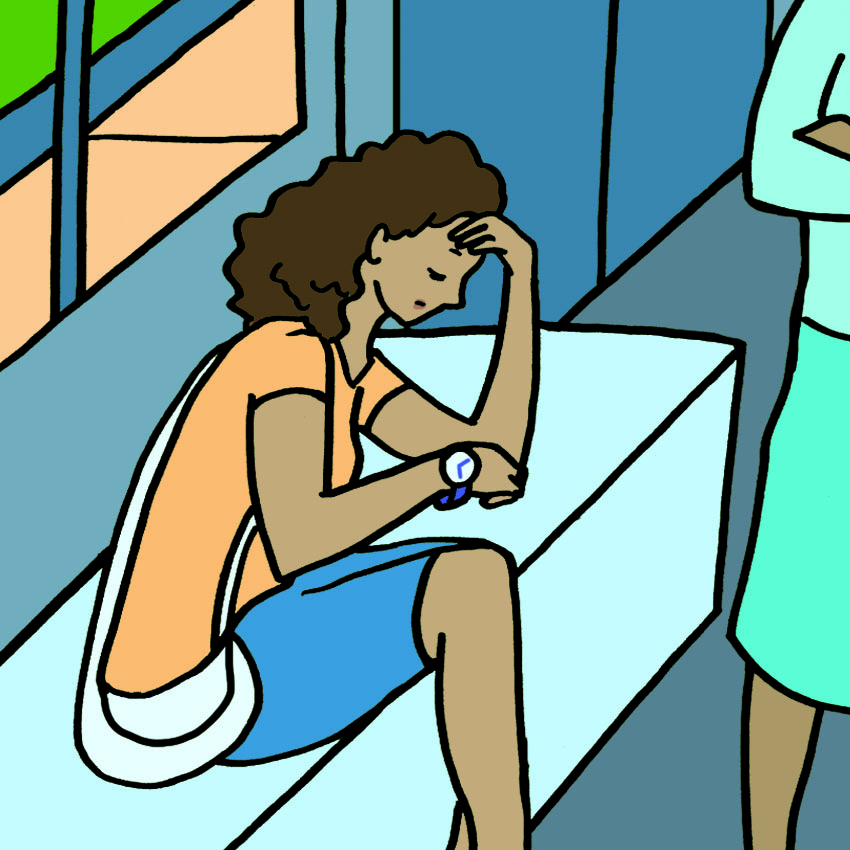
Once the motion stops, FamilyDoctor.org explains that you will gradually feel better. Allow yourself to feel grounded again after you're done traveling, as this will help alleviate any confusion your brain might be feeling. If you don’t feel better within about an hour after stopping, you might want to consider seeing your doctor.
How to Prevent Motion Sickness
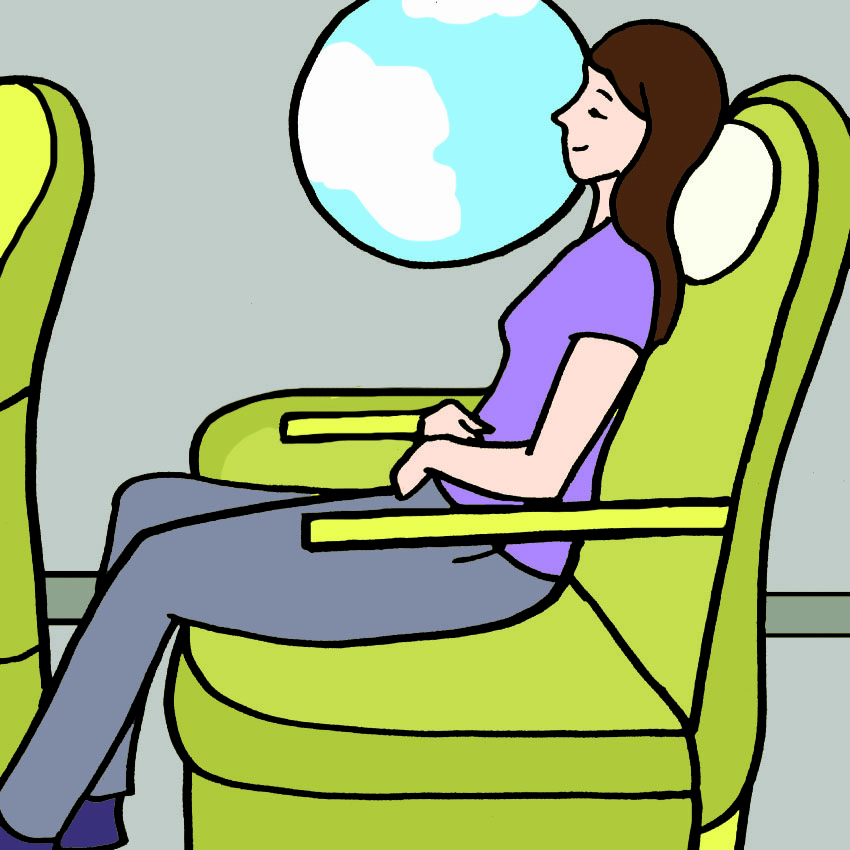
There are a few options to keep in mind if you want to prevent motion sickness in the future, according to WebMD.
- Consider purchasing motion sickness bands that put pressure on your wrists.
- Keep your eyes up toward the horizon.
- Forget about your phone. Take advantage of the time to enjoy the scenery or listen to music.
- Take a nap. When you are sleeping, you will not feel the motion. Make yourself comfortable with a nice neck pillow.
Did you find these tips helpful? If so, SHARE with someone who can make use of these tips before their next travel date!




